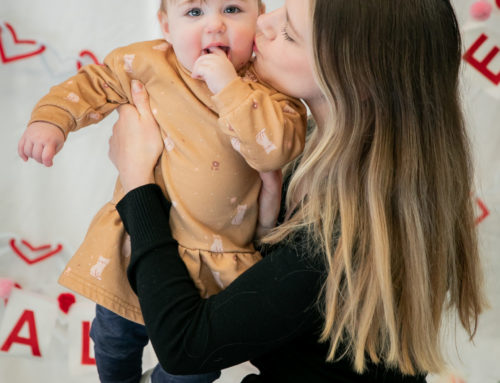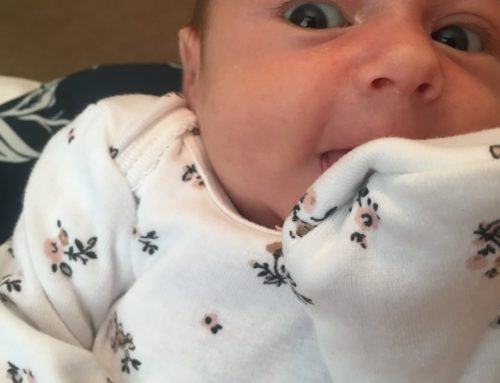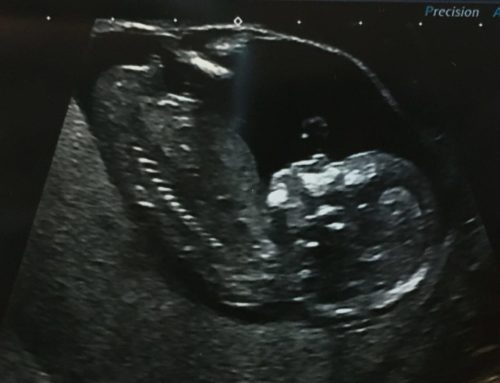Spotlight on Writing
Let’s dive right into the eye of the storm.
Believe it or not, when you read a novel, you’re reading not one but two stories, or even more if the book has many subplots. They run concurrently, and add to form a whole.
In every book, there is an ‘A’ story. The primary storyline. This is usually the external events; the action. This happens, and then that happens. But, to add dimension to the ‘A’ story, there is also a ‘B’ story. The ‘B’ story is often relationship orientated (or at least it is in most books). The ‘B’ story helps to define motivations, reactions, and decisions. And because the ‘B’ story is largely relationship focussed, with character growth at the forefront, chapters spent developing them tend to slow down a fast-paced action plot and give the reader necessary pauses to catch their breath. These chapters are in the eye of the storm. Ashley and I long ago gave these types of chapters names. We call them ‘calming chapters’, and yep, you guessed it. That’s the kind of chapter I’m working on right now.
We used to hate calming chapters with a vengeance, and to be honest I still find them challenging, as often there isn’t a specific ‘event’ to shape the chapter around. And although our characters have enough conflict in their relationships to drive the story forward, it seems to me I have short bursts of writing before I run out of steam and have to stop and think a little more about what I’m trying to achieve. The flow of the chapter is also affected by which character’s view I’m writing; some of them tend to be more introspective than others.
So, do I have advice for writing ‘in the eye of the storm?’ Let the characters guide them. Each character has their own unique set of motivations, and their own personality. Even if they’re not being particularly loquacious, if you’ve created enough conflict in their life then they’ll definitely have some stuff to work through in their minds. And if you’re looking for a good place to start building a relationship between two characters, put them in the same scene and see what happens. One will typically drive the interaction, no matter what kind of relationship, and no matter what state the relationship is in. Let the more extroverted character push the introvert’s buttons to start the conversations flowing. And if neither of them appear to want to talk, delve deeper. Why? Build the tension, and keep pushing, keep prodding, until you get results.
Personal Update
This week, I have started my nursing course. I’m learning right now all about ‘Nursing Care of the Child-bearing family’. My current module is pregnancy. This is one of the courses that I’m going to have to study hard in order to pass, as it was barely covered in my New Zealand nursing degree.
Only a short way into study, I am already noting the differences between Canada and New Zealand in this area; you would be surprised to know that midwifery as a registered healthcare profession is a fairly new concept to most countries, but even so, Canada seems to lag behind.
It was in 1990 that Midwifery established autonomy in New Zealand, and soon after they started the first ‘direct-entry’ midwifery courses. That is, from that point you no longer had to train as a nurse. In Canada, it was a slower transition. The first registered midwifery courses began in 1993 in Ontario. Quebec soon followed suit, but many other provinces didn’t offer independent midwifery courses until the 2000’s. By 2012, most provinces had transitioned to having registered midwives. Even so, in Prince Edward Island and the Yukon, midwifery is still in the process of becoming regulated. Furthermore, not all provinces provide funding for care received from a midwife.
So what implications does this have for me, a nurse? Previously, nurses used to do both jobs, and most babies were born in hospital under the care of a physician and a nursing team. But as New Zealand were faster to transition, there was no need to educate nurses so thoroughly in what is now a separate profession. In Canada, who still expect nurses to contribute largely in this area, I have a rather large hole in my knowledge base. So now I am beginning the process of plugging it; one module at a time.
It’s always interesting, the way we try to fit our own lives into what we study. I guess we’re continually looking for ways to organize and link information in our brain. Whatever the reason, studying pregnancy and childbirth brings to mind thoughts about past life events, and maybe one day, future ones. The photo below is an old baby photo of yours truly ~ Sarah.
















Leave A Comment